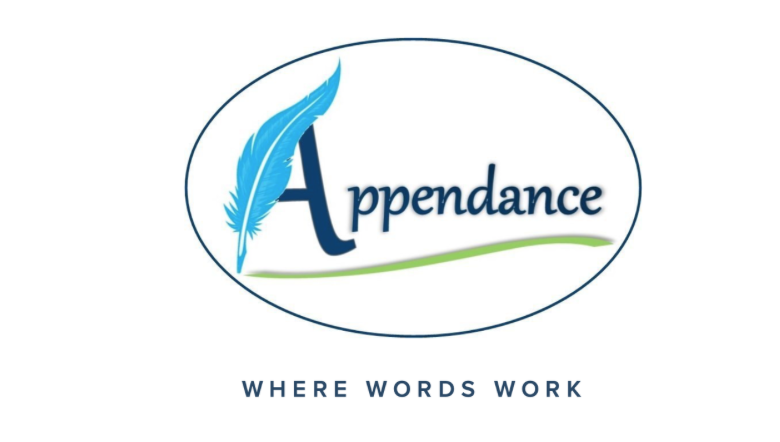It is/There are: Make your sentences stronger without them
One of the major things we focus on in business writing is conciseness. In business, like many other industries, people value their time. They want communication to be efficient so they can get to the action. So, one of the challenges for written communication is effectively transferring a message in as few words as possible.
Most sentences in English operate with the Subject first, who the sentence is about, then the Verb, what the subject does, and then potentially the Object, what the Subject acts upon:
S-V-O
Additionally, so that we don’t have to keep repeating subjects in each sentence, we use pronouns to refer back to something we have already talked about: Katie is my sister. She is blonde.
or
My car is a Jeep. It is blue.
In both of these examples, the pronoun, “she” or “it,” refers back to the subject of the previous sentence, “Katie, my sister” and “My car, the Jeep.”
With indefinite starters like “It is” and “There are” we use pronouns to take the grammatical subject position instead of whatever the sentence is actually about.
It is a pleasure to meet with you really means I am pleased to meet with you.
The sentence is about how nice it is for the speaker to meet with the other person, but the grammatical structure of “it is” makes that idea the object of the sentence. It transposes it to the less important position in the sentence. Something this technique can be used for important effects, but most of the time, our language is much more effective if we eliminate these indefinite starters that just hold the place of the subject and verb that we actually care about.
Check your writing. If you are starting sentences with “It is” see if the “It” refers to something in the previous sentence. If it doesn’t, if “it” doesn’t seem to refer to anything at all, see if you can get rid of it to make your writing tighter and more efficient.
